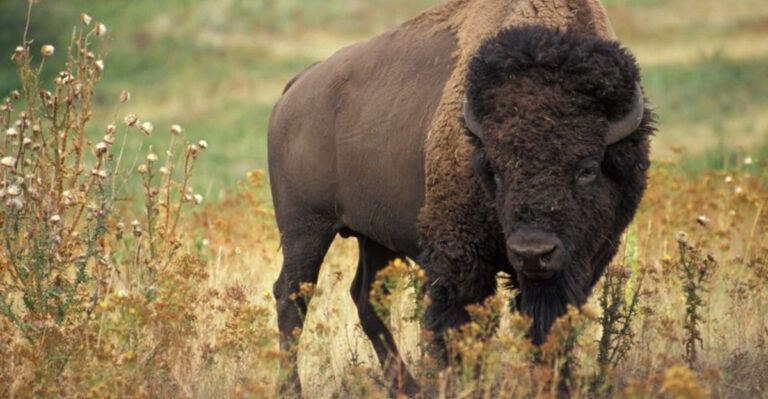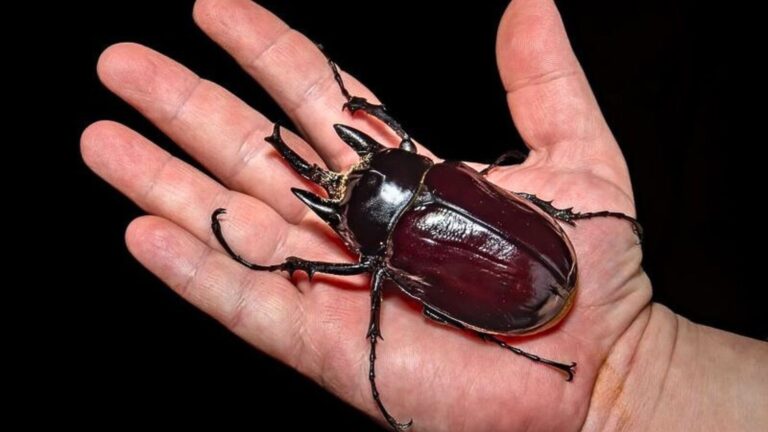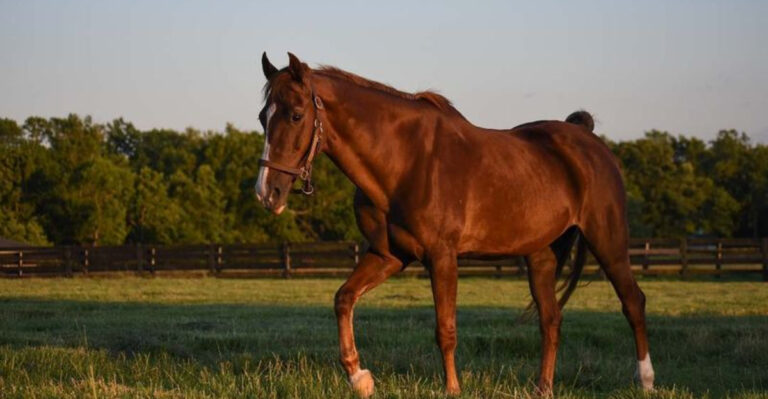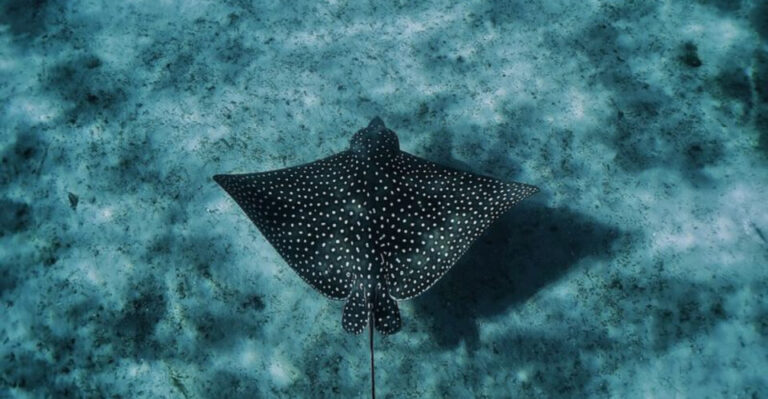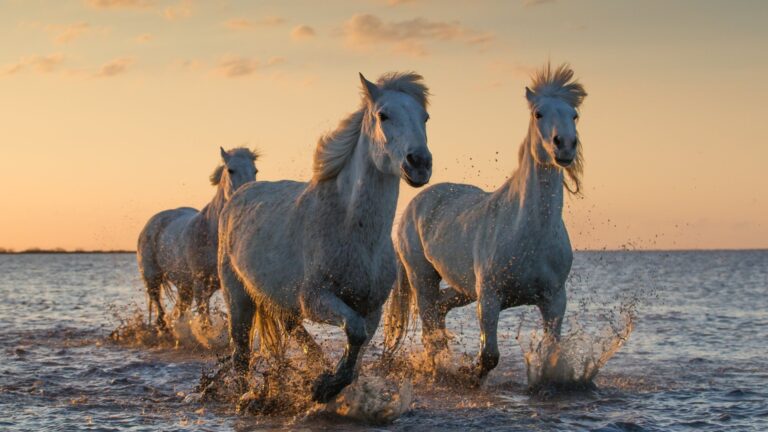14 Must-Know Horse Terms For Equestrians
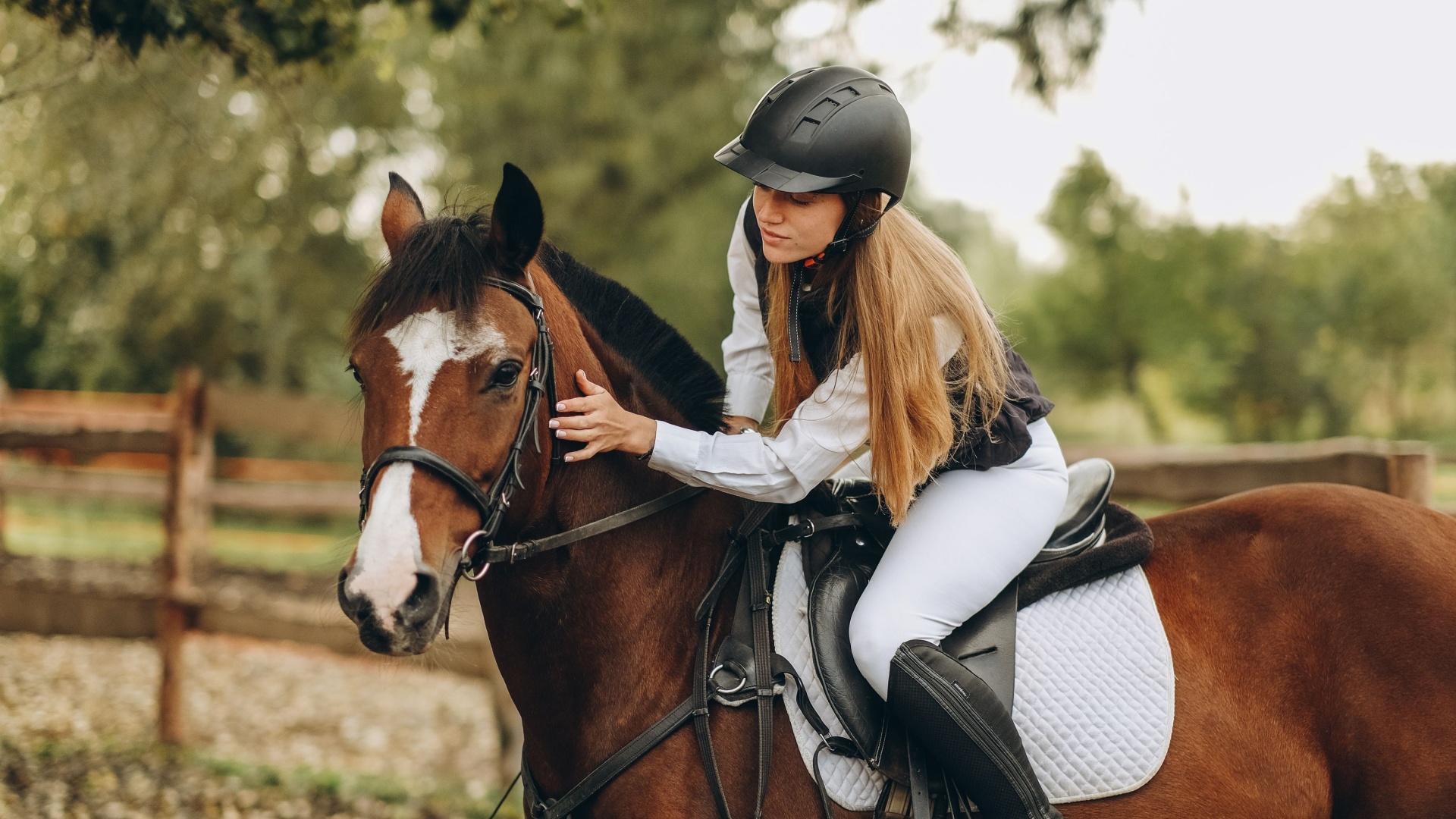
Welcome to the vibrant world of equestrianism, where understanding horse jargon is as essential as holding the reins!
Whether you’re a seasoned rider or a curious newbie, getting to grips with these equine expressions will help you trot confidently through any conversation at the stables. We’ll gallop through some must-know horse terms that every equestrian should have in their vocabulary.
Saddle up for an engaging ride through the linguistic paddock of horse enthusiasts!
1. Bridle
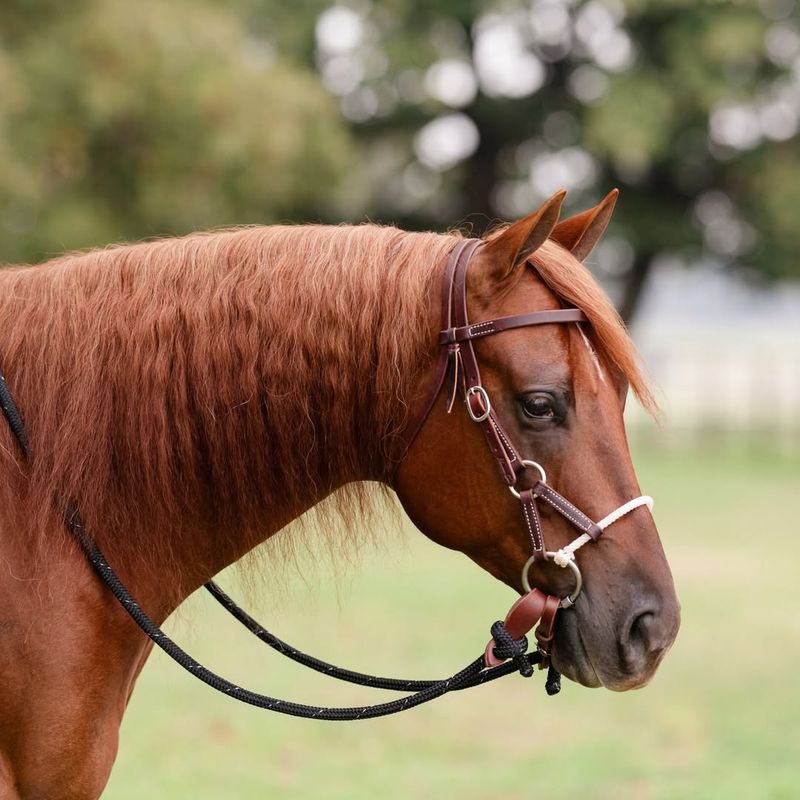
The bridle is the communication link between rider and horse, ensuring commands are clear and precise. This essential piece of tack includes the bit, reins, and headstall, each part playing a crucial role in directing the horse.
Think of it as the steering wheel of the equestrian world, guiding both subtle cues and direct commands. Choosing the right bridle can enhance control and comfort, striking a balance that benefits both rider and horse.
A well-fitted bridle is a key component of a harmonious riding experience.
2. Tack

Tack is the attire of the equestrian world, essential for any rider looking to hit the trails. This term encompasses all the gear used to ride and care for horses, from saddles to bridles and everything in between.
Imagine it as the horse’s wardrobe, each piece serving a specific purpose. Proper care and selection of tack are vital, as ill-fitting gear can cause discomfort.
Equestrians often have a keen eye for quality tack, ensuring it enhances the riding experience while keeping their steeds comfortable and secure.
3. Farrier
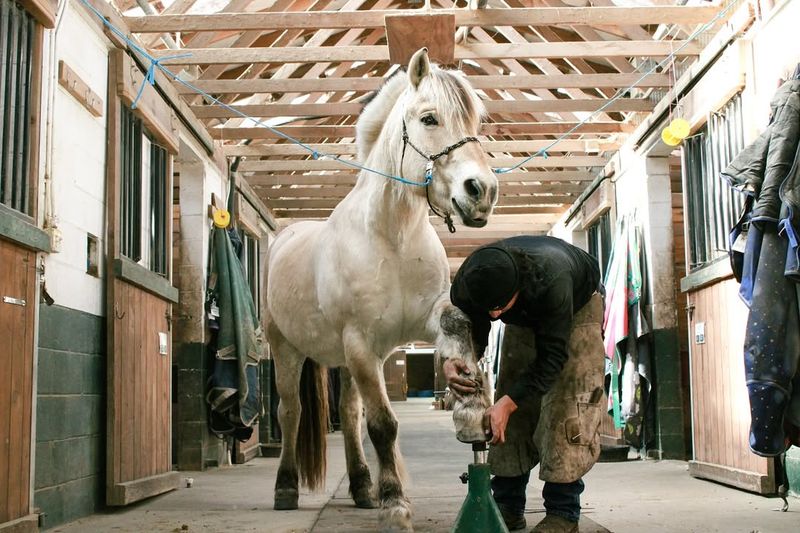
Farriers are the unsung heroes of the equestrian community, blending the skills of a blacksmith and a veterinarian. They’re responsible for hoof care, ensuring horses trot comfortably with well-fitted shoes.
This craft requires precision and knowledge of equine anatomy. Every equestrian values a good farrier, as they play a crucial role in a horse’s well-being.
Without them, horses might face hoof issues, affecting their performance and comfort.
4. Paddock
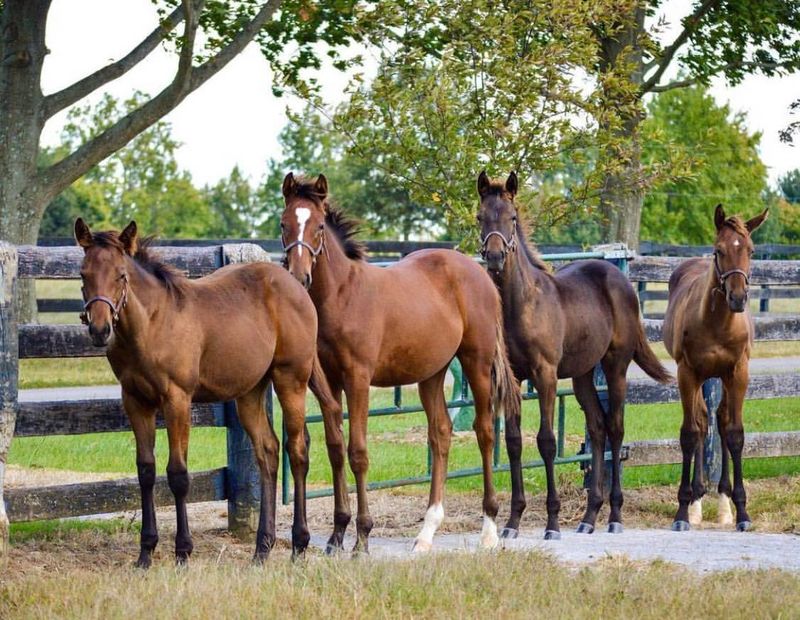
A paddock is more than just a field; it’s a horse’s haven of peace and freedom. These enclosed areas allow horses to roam, graze, and frolic to their heart’s content.
The size and terrain of paddocks can vary, but they’re always designed with the horse’s comfort in mind. Providing an ideal environment for equine relaxation, paddocks are essential for maintaining a horse’s mental and physical well-being.
Plus, they offer owners a chance to observe their horses at play.
5. Green
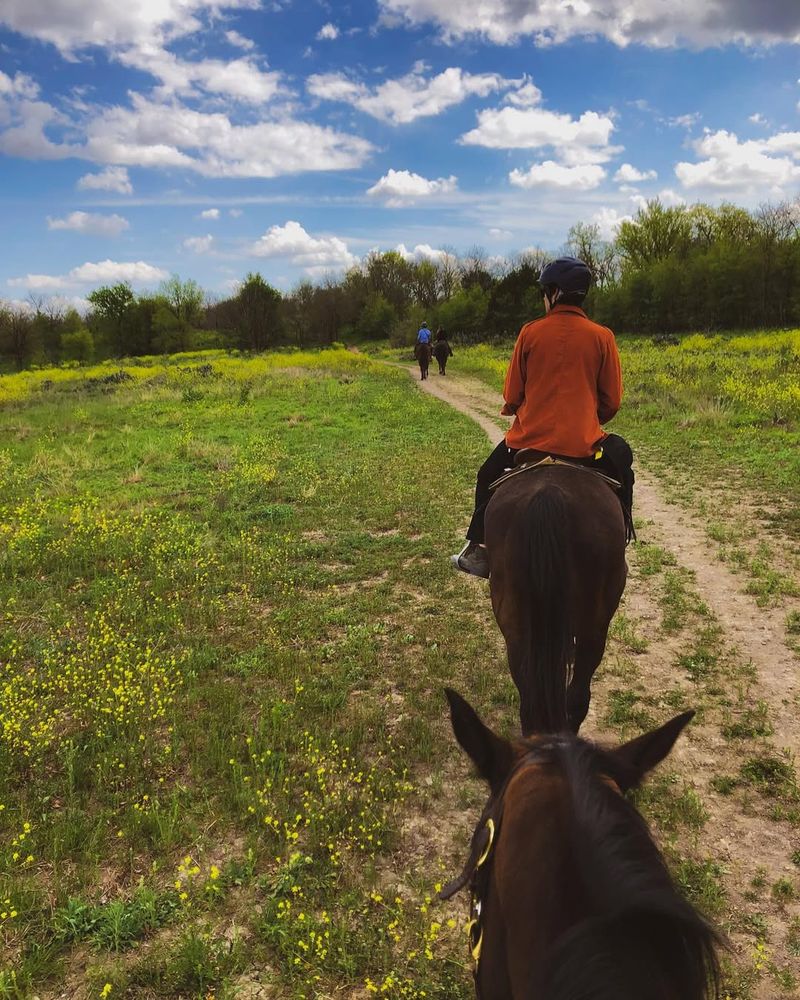
In the equestrian world, ‘green’ doesn’t just mean color; it signifies a horse’s level of training and experience. A green horse is new to training, unfamiliar with the nuances of riding and handling.
These horses are like blank canvases, full of potential but needing guidance. Working with a green horse requires patience and understanding, as they’re prone to mistakes while learning.
For equestrians, training a green horse can be a rewarding journey, offering growth opportunities for both horse and rider.
6. Colt
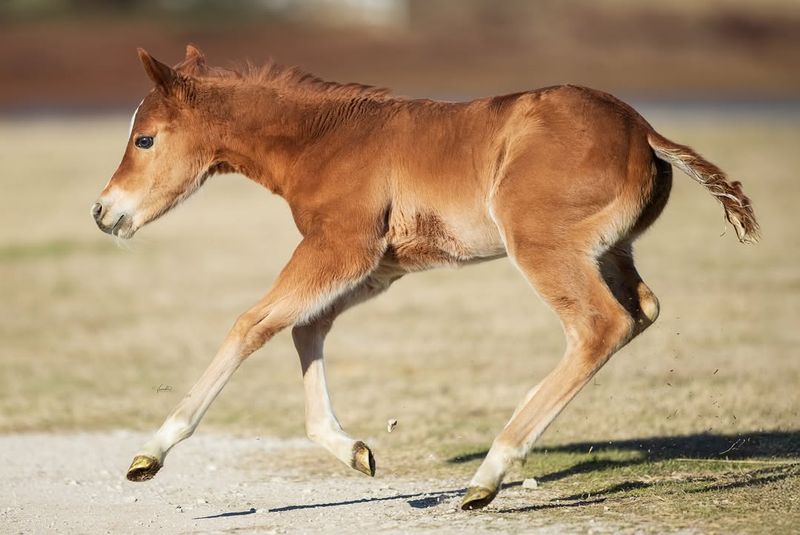
Picture a colt as the playful teenager of the horse realm, teeming with energy and curiosity. Colts are male horses aged under four, often seen gallivanting about with zest.
These youngsters are in training, learning the ropes of equine etiquette. Patience is crucial when dealing with colts, as their youthful exuberance can lead to mischief.
Equestrians often find joy in watching colts mature into strong, capable horses, ready to take on the world.
7. Filly
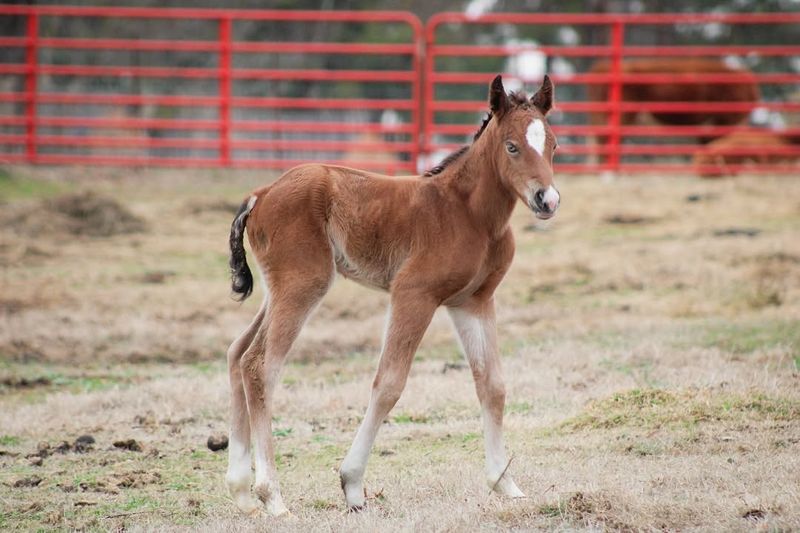
Fillies are the youthful and vibrant females of the horse world, akin to teenage girls. These charming young horses, under four years old, captivate with their grace and vitality.
Like colts, they’re in a learning phase, picking up skills they’ll hone as they mature. Their spirited nature and elegance make them favorites at horse shows.
Training a filly requires a gentle touch, as their personalities can be as varied as the flowers in the field.
8. Stallion
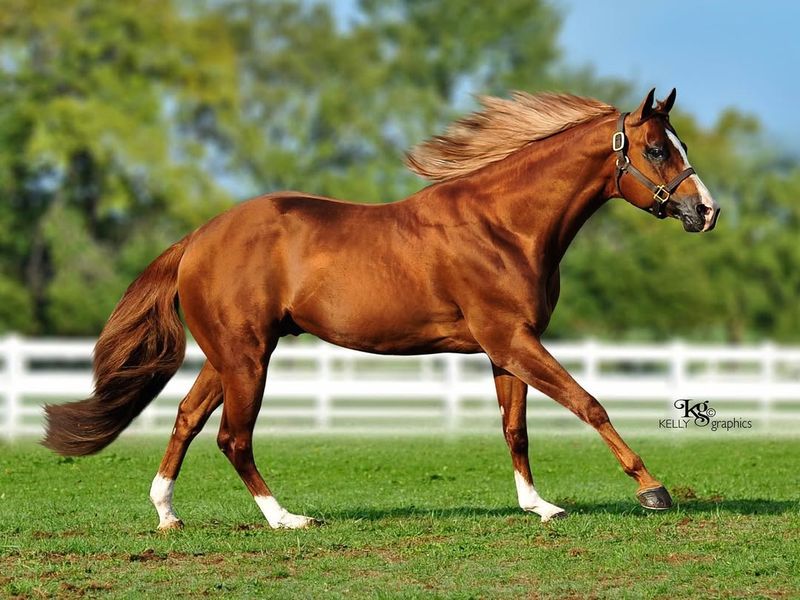
Stallions are the epitome of equine masculinity, brimming with vigor and charm. These uncastrated adult male horses are often prized in breeding circles, thanks to their robust genetics.
But don’t let their assertive nature fool you; they can be as gentle as they are tenacious. Many consider them the Casanovas of the horse world, always ready to win the affection of mares.
For riders, understanding a stallion’s personality and behavior is key, as they can be spirited and require skilled handling.
9. Gelding
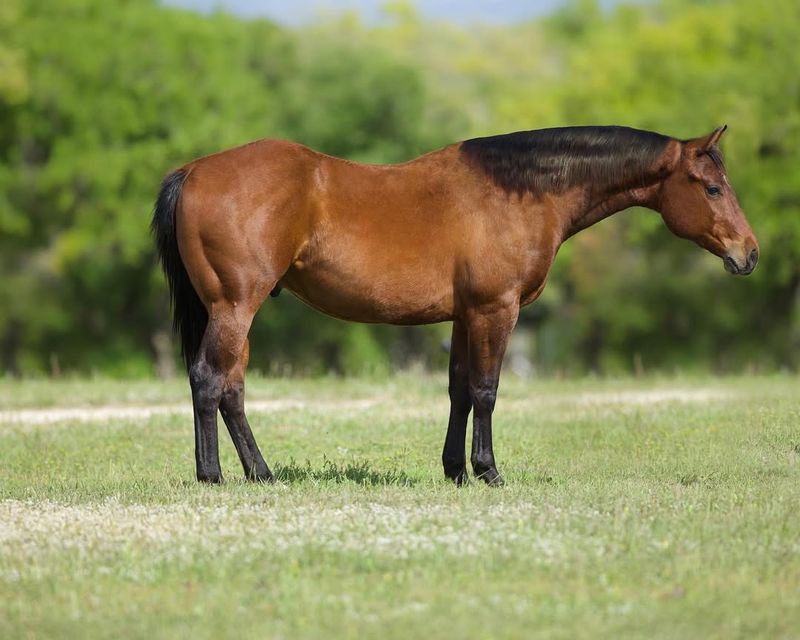
These are castrated male horses, known for their even temperaments and reliability. Equestrians adore geldings for their cooperative nature and adaptability.
Unlike stallions, they don’t have the same fiery disposition, making them ideal for riders of all levels. Their calm demeanor is perfect for teaching beginners, allowing them to build confidence in the saddle.
Geldings are the go-to choice for those seeking a dependable equine partner.
10. Mare
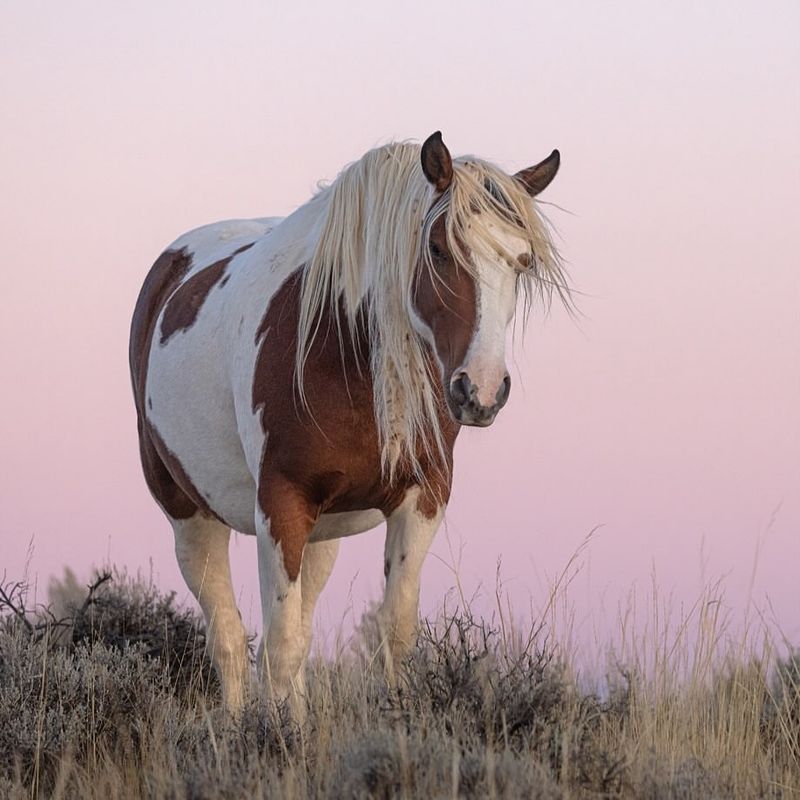
Mares are the nurturing matriarchs of the horse family, known for their strong maternal instincts and leadership qualities.
These adult female horses are often the backbone of herds, providing stability and guidance. Their calm yet assertive nature makes them excellent companions.
Training a mare requires understanding her unique personality, as they can be both sensitive and strong-willed.
11. Withers
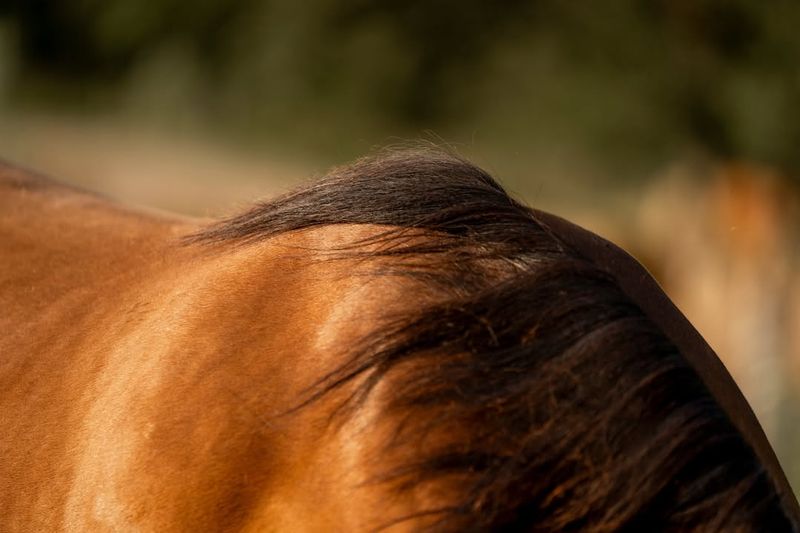
The withers are a crucial anatomical landmark on a horse, located at the junction where the neck meets the back. This area is not just important for appearance but also for function, as it’s where the saddle sits.
Understanding a horse’s withers can help in selecting the right saddle fit, ensuring comfort during rides. This knowledge is particularly beneficial for avoiding pressure points that could cause discomfort.
Equestrians pay close attention to the withers to maintain their horse’s health and enhance the riding experience.
12. Canter
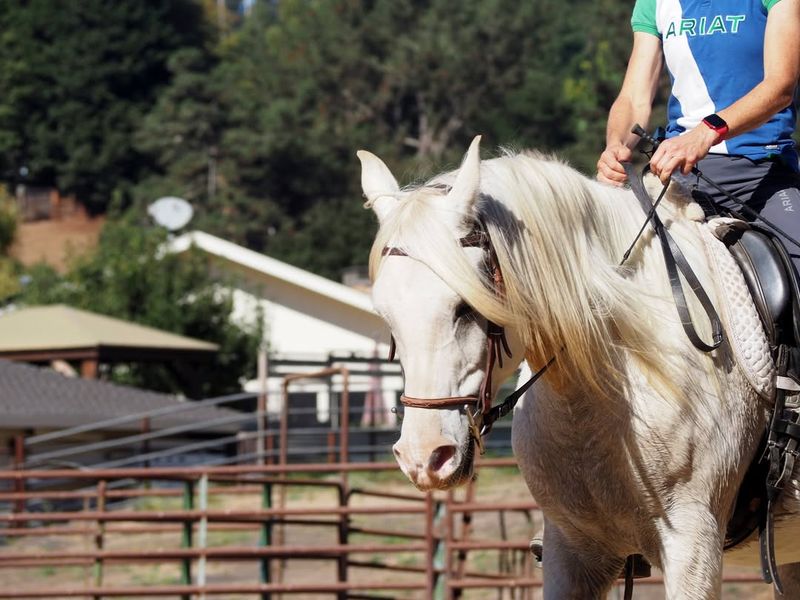
Cantering is the elegant middle ground between a trot and a gallop, offering riders a smooth and rhythmic motion. This three-beat gait is both graceful and efficient, allowing horses to cover ground with minimal effort.
It’s the equestrian equivalent of a leisurely jog, perfect for relaxed outings. Mastering the canter requires balance and coordination, making it a sought-after skill for riders.
It’s a favorite pace for those looking to enjoy the scenery, as the gentle sway of the canter is both soothing and exhilarating.
13. Longeing
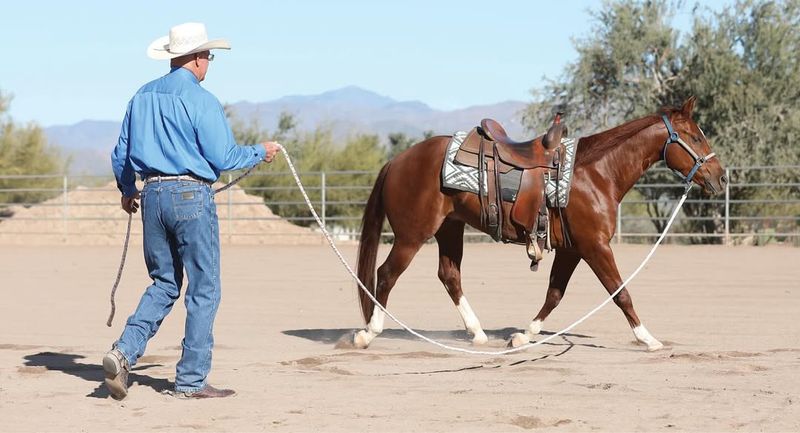
Longeing is an art form where horses dance in circles, guided by a trainer and a long line. This practice helps develop a horse’s balance, rhythm, and obedience, acting as a foundation for further training.
Picture longeing as the equine version of a workout, building strength and flexibility. It’s a skill that requires finesse and timing, ensuring the horse responds to cues without confusion.
Equestrians often use longeing to warm up or cool down their horses, enhancing performance while reinforcing discipline.
14. Hack
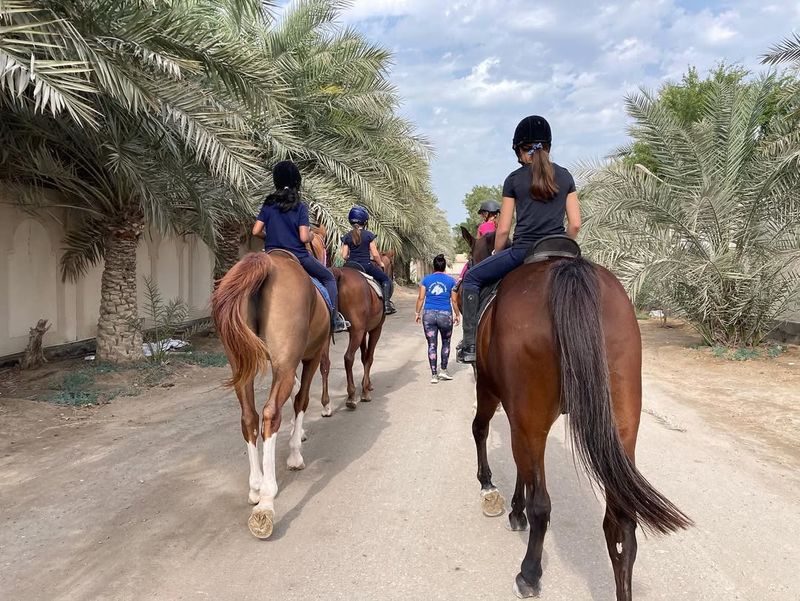
Hacking is the antidote to the hustle, offering riders a relaxed journey through nature’s beauty. It’s a casual ride, typically outside an arena, where both horse and rider can unwind.
Imagine it as a countryside stroll, where the pace is leisurely, and the scenery is the star. Hacking is perfect for building a bond with your horse, away from competitive pressures.
It’s an opportunity to enjoy the simple pleasure of riding, breathing in fresh air and basking in the tranquility of the surroundings.

